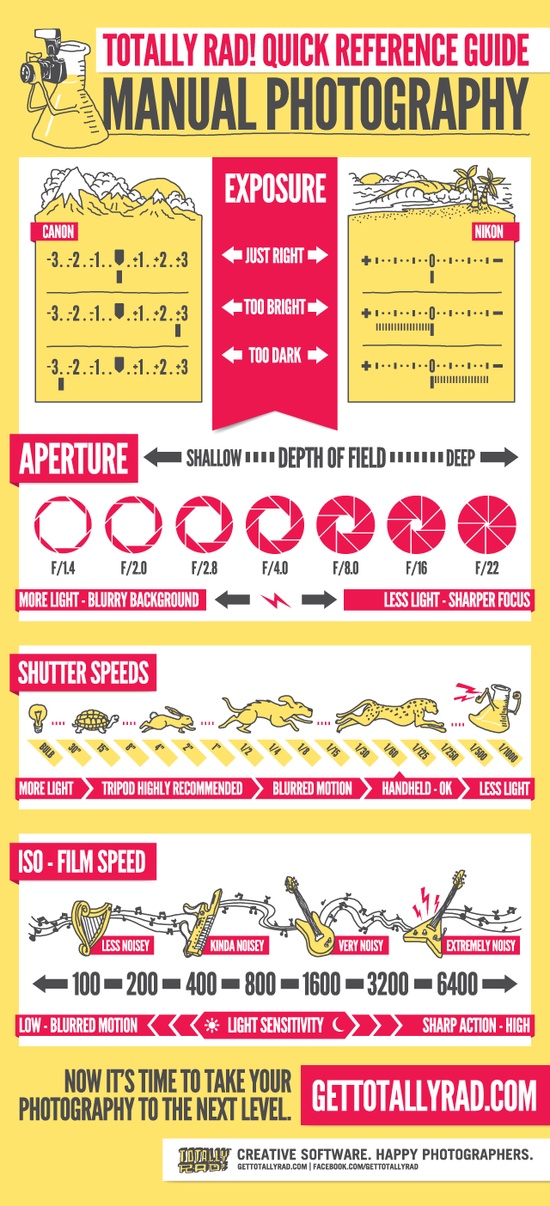Join Us To Discover Important Digital Photography Tips That Will Open Your Video Camera'S Potential-- Prepare To Record Stunning Pictures In A Snap!
Join Us To Discover Important Digital Photography Tips That Will Open Your Video Camera'S Potential-- Prepare To Record Stunning Pictures In A Snap!
Blog Article
Short Article Created By-Weber Odgaard
When you first get your camera, it can really feel frustrating with all the settings and alternatives readily available. You might find yourself questioning exactly how to browse aperture, shutter rate, and ISO effectively. Mastering these fundamentals is important, however there's even more to digital photography than just technical knowledge. Comprehending Suggested Looking at and illumination problems can raise your images considerably. So, what if you could find out easy methods to boost your abilities and begin recording impressive pictures sooner than you believe? Let's explore how to transform your digital photography journey.
Understanding Electronic Camera Setups
Understanding your camera settings is vital for recording magnificent pictures. When Photography studio near me pick up your cam, acquaint on your own with the three main settings: aperture, shutter speed, and ISO. Each plays a crucial role in just how your pictures end up.
Beginning with aperture, which manages the quantity of light going into the lens. A bigger aperture (reduced f-number) lets in extra light and produces a beautiful background blur, best for pictures. On the other hand, a narrower aperture (higher f-number) keeps more of the scene in focus, suitable for landscapes.
Next off, focus on shutter speed. This setup determines for how long your camera's sensor is exposed to light. A quick shutter rate freezes motion, which is wonderful for activity shots, while a slow shutter speed can develop sensational impacts like smooth water in landscapes.
Last but not least, readjust your ISO. This setup influences your video camera's level of sensitivity to light. A higher ISO serves in low-light situations but can present noise or grain. Aim for the most affordable ISO possible while still attaining appropriate exposure.
Make-up Strategies
When you're out shooting, make-up can make all the difference in exactly how your photos resonate with visitors. Begin by using the guideline of thirds; envision your structure separated into 9 equal areas with two horizontal and 2 upright lines. Position key elements along these lines or at their intersections to create balance and rate of interest.
Next, take into consideration leading lines. These all-natural lines in your scene, like roads or rivers, attract the visitor's eye into the photograph, leading them with the tale you're informing.
Do not ignore framing; use elements within your scene, like trees or windows, to create a structure around your topic, adding depth and focus.
Also, keep an eye on your history. A messy background can sidetrack from your primary subject, while a simple one helps it stand out.
Finally, explore balance and patterns; they can produce a striking picture that records interest.
Mastering Illumination Conditions
Understanding lighting problems is important for catching magnificent photographs, as the best light can change a normal scene into something amazing.
Begin by observing natural light at different times of the day. Mornings and late afternoons provide the most effective light, called the gold hour. The soft, warm tones throughout these times can improve your pictures beautifully.
Do not avoid overcast days either; diffused light can decrease rough darkness and develop a pleasing impact, specifically for portraits.
Trying out backlighting by positioning your subject versus the light source. This method can develop a dreamy halo effect and include deepness to your pictures.
Focus on your electronic camera setups also. Readjust the ISO, aperture, and shutter rate to suit the lighting problems. A greater ISO can aid in reduced light, but beware of grain.
Use a tripod in darker settings to prevent blur.
Lastly, do not fail to remember artificial lighting. Flash and continuous lights can be excellent devices for regulating light in difficult conditions.
Verdict
Finally, grasping your cam does not have to be overwhelming. By recognizing your setups, applying structure techniques, and using the power of all-natural light, you'll quickly elevate your digital photography skills. Keep in mind, exercise makes excellent, so get out there and trying out your newly found understanding. With time and commitment, you'll be recording magnificent pictures that show your special viewpoint. Delight in the trip, and don't forget to have a good time while you go to it!
